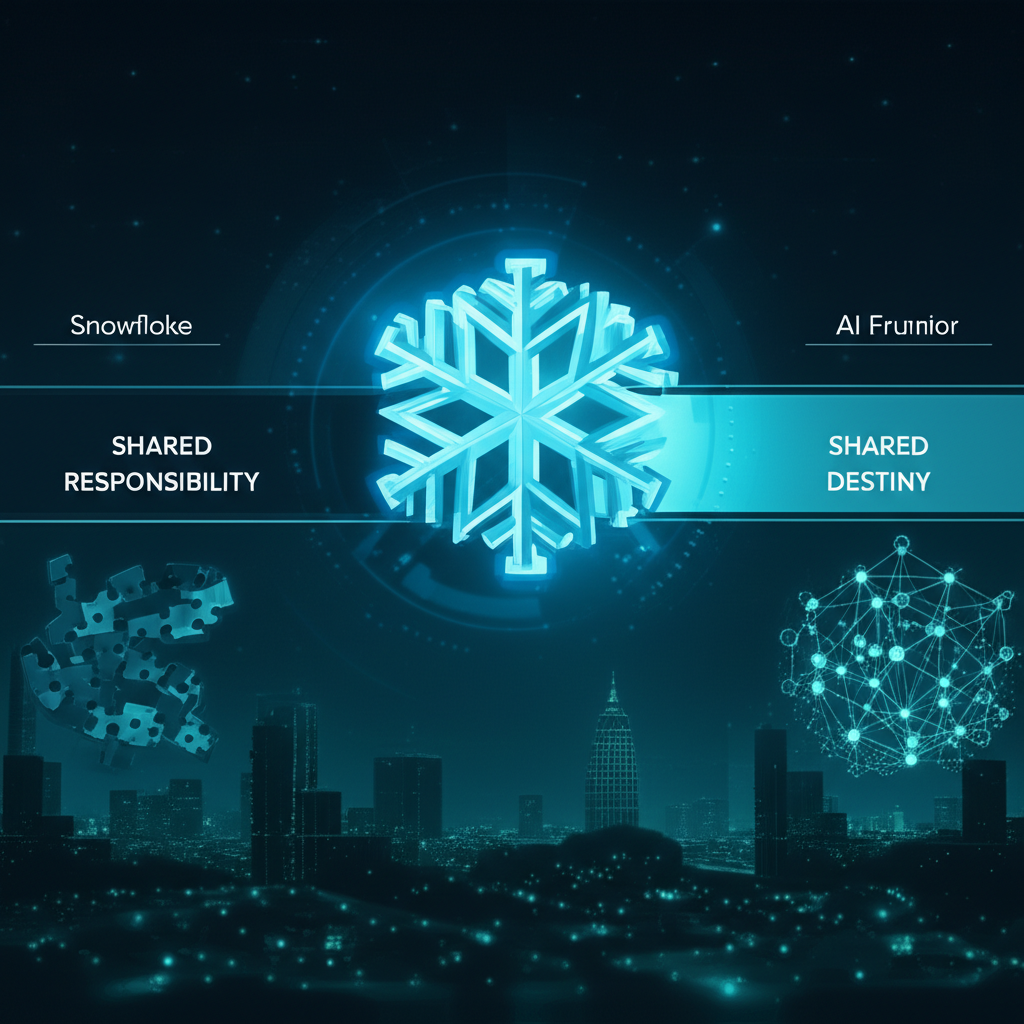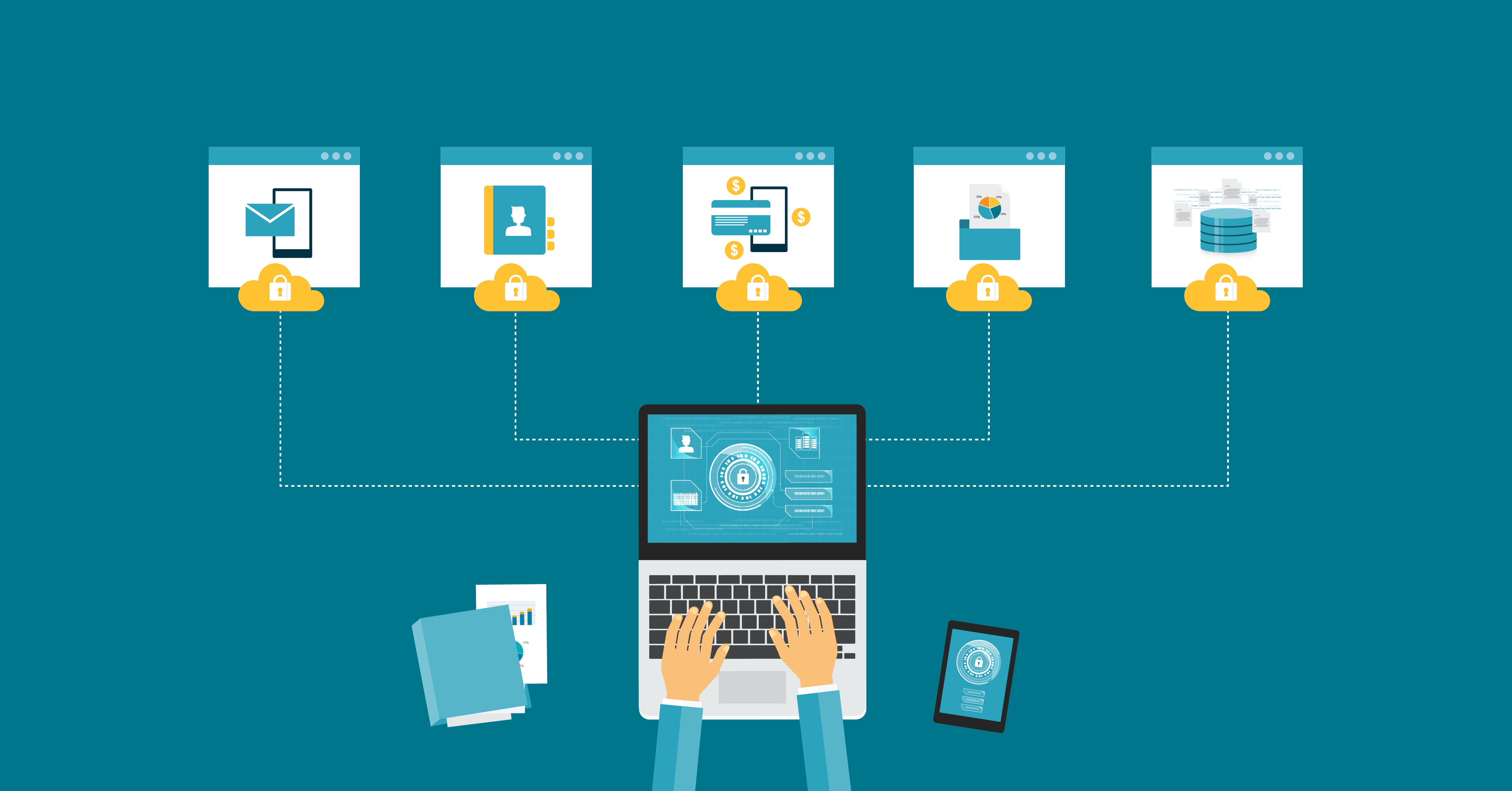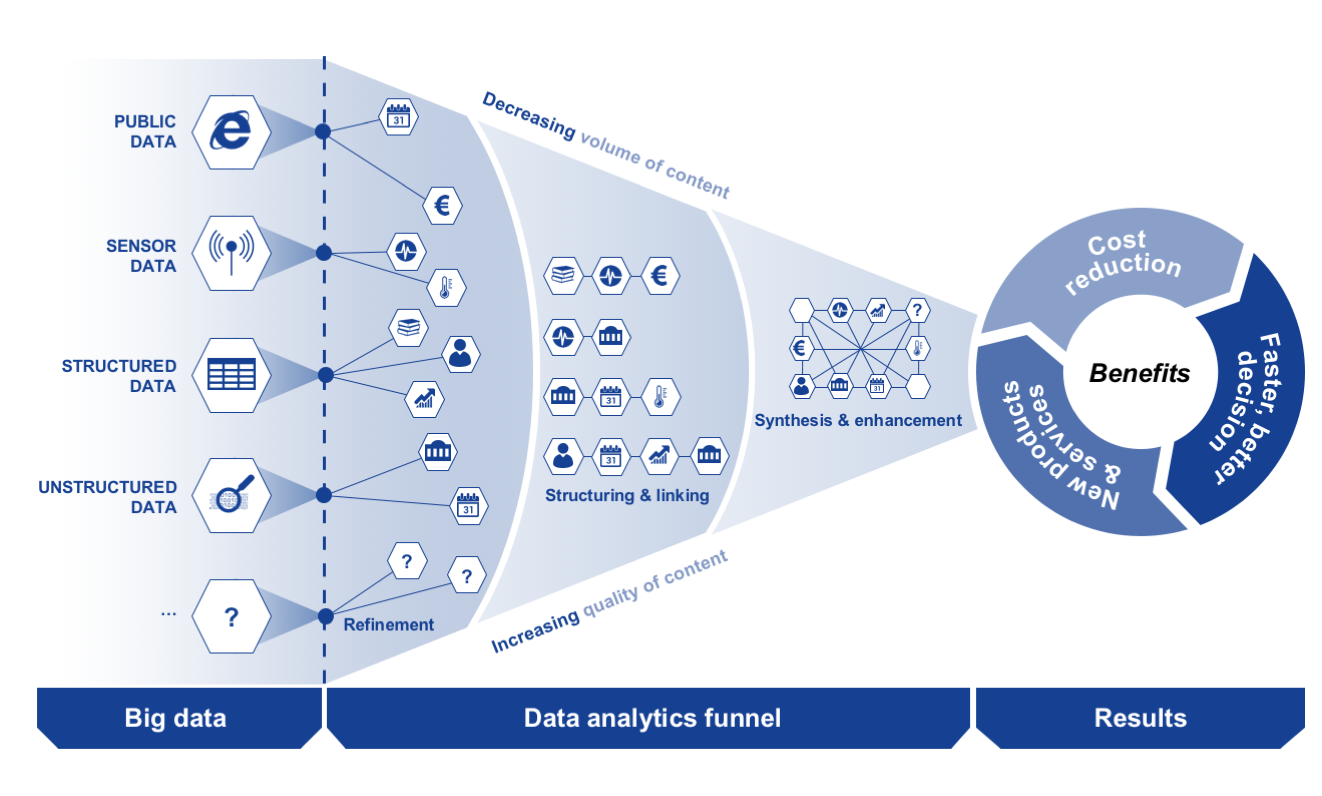How Not To Hire a North Korean IT Spy
North Korea is actively infiltrating Western companies using skilled IT workers who pose as remote employees with fake identities. These schemes are part of the regime's illicit revenue generation efforts and cyberespionage activities.
The Threat Landscape
- Financial Motivation: North Korea faces financial sanctions due to its nuclear weapons program, pushing it to seek alternative revenue streams.
- Cyber Espionage: These IT workers also engage in cyberespionage, gaining access to sensitive information and systems.
- U.S. Treasury Warning: The U.S. Treasury Department has warned about this tactic since 2022, noting that thousands of skilled IT workers are exploiting the demand for software developers.
Modus Operandi
North Korean IT workers typically:
- Present themselves as South Korean, Chinese, Japanese, or Eastern European.
- Pose as U.S.-based teleworkers.
- Use third-party subcontractors to further obfuscate their identities.
Case Studies
Several cases highlight the extent of this infiltration:
- Christina Chapman Case: An Arizona resident faces fraud charges for allegedly running a "laptop farm," allowing North Korean IT workers to pose as U.S. citizens. She received and forged payroll checks, laundering direct debit payments.
- Oleksandr Didenko Case: A Ukrainian national was charged with creating fake accounts on U.S. IT job search platforms, selling them to overseas IT workers, some believed to be North Korean.
- KnowBe4 Incident: Cybersecurity firm KnowBe4 admitted to unknowingly hiring a North Korean IT spy.
- Palo Alto Networks Report: North Korean threat actors are actively seeking employment with organizations in the U.S. and other countries.
- Mandiant Report: Thousands of highly skilled IT workers from North Korea are hunting for work.
- CrowdStrike Report: A North Korean group, "Famous Chollima," infiltrated over 100 companies with imposter IT professionals.
Advanced Techniques
These infiltrators use advanced techniques to enhance their deception:
- Chatbots: They use chatbots to tailor perfect resumes.
- Deepfakes: They leverage AI-created deepfakes to pose as real people.
The Goal: Intellectual Property Theft
According to a former intelligence analyst, these IT workers may seek jobs at tech companies to steal intellectual property and create knock-off technologies.
Countermeasures: How to Protect Your Company
To protect your organization from North Korean IT spies, consider the following countermeasures:
- Enhanced Vetting: Implement tighter vetting processes for new hires, especially remote workers.
- Live Video Chats: Conduct live video chats with prospective applicants to verify their identity.
- Address Verification: Confirm the applicant's home address to ensure it matches their stated location.
- Multi-Factor Authentication: Implement multi-factor authentication for all accounts to prevent unauthorized access.
- Continuous Monitoring: Continuously monitor network activity for suspicious behavior.
- Employee Training: Train employees to recognize and report potential phishing attempts and social engineering tactics.
- Background Checks: Conduct thorough background checks, including verifying educational and employment history.
- Code Review: Implement rigorous code review processes to detect malicious code.
- Network Segmentation: Segment your network to limit the impact of a potential breach.
- Incident Response Plan: Develop and regularly test an incident response plan to quickly address any security incidents.
The Bigger Picture: North Korea's Cyber Warfare Capabilities
North Korea's cyber warfare capabilities are a significant concern for global cybersecurity. The country has a well-funded and highly skilled cyber army that engages in a range of malicious activities, including:
- Cyber Espionage: Stealing sensitive information from governments, businesses, and individuals.
- Financial Crime: Engaging in cyber heists and cryptocurrency theft to generate revenue.
- Disruptive Attacks: Launching attacks to disrupt critical infrastructure and services.
Notable North Korean Hacking Groups
Several North Korean hacking groups have gained notoriety for their sophisticated and damaging attacks:
- Lazarus Group: Known for the WannaCry ransomware attack and the Sony Pictures hack.
- APT38: Specializes in financial crime, targeting banks and financial institutions.
- Hidden Cobra: Engages in a variety of malicious activities, including espionage and sabotage.
The Role of AI in Counterintelligence
Artificial intelligence (AI) can play a crucial role in counterintelligence efforts to detect and prevent North Korean IT spies from infiltrating organizations. AI-powered tools can analyze vast amounts of data to identify suspicious patterns and anomalies that might indicate malicious activity.
AI-Driven Security Solutions
- Behavioral Analysis: AI algorithms can analyze user behavior to detect anomalies that might indicate a compromised account or insider threat.
- Threat Intelligence: AI can aggregate and analyze threat intelligence data from various sources to identify potential threats and vulnerabilities.
- Automated Vetting: AI can automate the vetting process by analyzing resumes, social media profiles, and other data sources to identify potential red flags.
- Facial Recognition: AI-powered facial recognition technology can be used to verify the identity of remote workers during video calls.
The Importance of Collaboration and Information Sharing
Collaboration and information sharing are essential for combating the threat of North Korean IT spies. Organizations should share threat intelligence data with each other and with government agencies to improve their collective defense.
Information Sharing Platforms
- Information Sharing and Analysis Centers (ISACs): Industry-specific organizations that facilitate the sharing of threat intelligence data.
- Cybersecurity Information Sharing Act (CISA): A U.S. law that encourages the sharing of cyber threat information between the government and the private sector.
Conclusion: Staying Vigilant in the Face of Evolving Threats
The threat of North Korean IT spies is a serious and evolving challenge for organizations around the world. By implementing enhanced vetting processes, leveraging AI-powered security solutions, and fostering collaboration and information sharing, organizations can mitigate this threat and protect their sensitive information and systems. Staying vigilant and proactive is crucial in the face of these evolving threats.



















